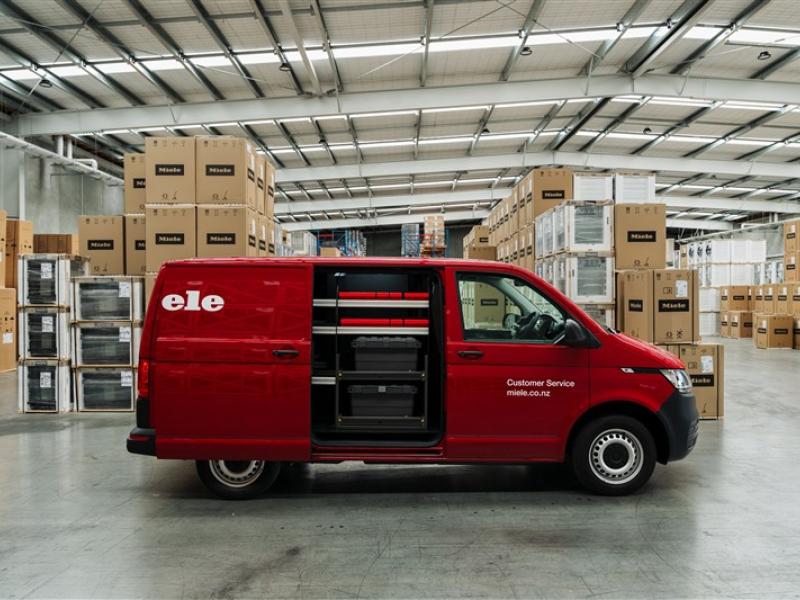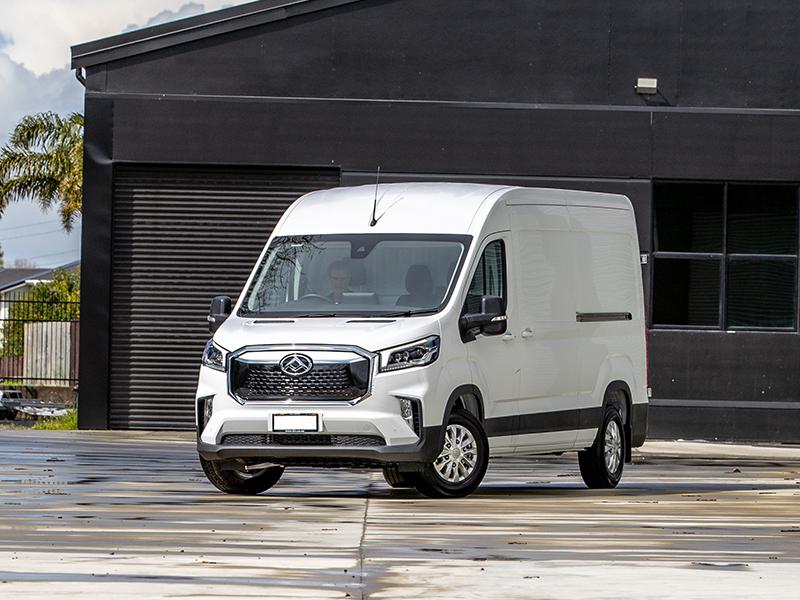The three ‘R’s of Telematics
EROAD’s telematics technology is creating a new era of connected fleets that help businesses be safer, compliant and more productive. Here’s how it works
High levels of accurate data recording, reliability and robustness of hardware are the core deliverables of EROAD, arguably New Zealand’s largest telematics solutions provider.
Big claim? Yes, it is, but with over 5000 fleet users and somewhere on the order of 70,000 vehicles using EROAD technology, it’s a valid one.
Now, 54 percent of all heavy vehicle licences and 31 percent of all road user charging in New Zealand is being collected through EROAD technology. The big numbers continue with EROAD delivering approximately $2.5 billion dollars to NZTA since launching the world’s first nationwide electronic road user charging system back in 2009.
NZTA is of course, the government agency charged with revenue collection as part of its operation and for an external provider like EROAD to be trusted to deliver an electronic device to assist in this regard, well, that external provider better have it all together – and EROAD certainly does.
It wasn’t long before heavy transport operators who had recognised the convenience and reliability of EROAD’s product range, thought about the applications for lighter vehicles in their fleet.
EROAD was ready with a product called EHUBOLite, which monitored light vehicles and assets and today, about 40 percent of EROAD’s business is in light commercial vehicles, and that’s growing all the time.
EROAD moved along with the times, introducing a RUC management application which could buy road user charges from any web-enabled mobile device.
At the same time – and bearing in mind the light commercial vehicle trend of multiple vehicles and multiple drivers – EROAD developed Driver ID – software which matches a driver to a specific vehicle, and a particularly useful application when it comes to monitoring the use and ensuring correct utilisation of pool cars.
EROAD also developed Service Module, a vehicle fleet maintenance and repair management tool.
With these and other related developments contributing to an extensive, locally-designed product line up and successful deployments for each component, EROAD was ready to take on the world, and expanded its operation into the North American market by mid-2011.
Meanwhile, back home the fleet market was seeing the impact of a revised Occupation Safety and Health Act and suddenly, EROAD’s tried and proven systems became very topical and much in demand as safety and compliance tools for the harassed fleet manager, particularly as it pertained to light vehicle use.
“This was one of many turning points for EROAD,” says Andrew Davies, EROAD’s General Manager Sales ANZ. “As fleet users began to realise that what we had to offer across the product range actually answered their needs for making OSH compliance easier with the by-product of making their drivers safer.”
Andrew explains that with the arrival of EV’s and a resurgence in petrol powered fleets as opposed to Class one diesels, the Health and Safety consideration, which started out as a handy ‘’extra’’ telematics function, has become a primary driver for many fleet users.
"In many cases, we’ve found that companies with light commercial vehicles generally have a lot of drivers. Unlike the heavy transport sector, many are not trained professional drivers and while RUC may be a small part of the company’s business, some of these multiple vehicle/multiple driver organisations have found the compliance with H&S is much more advantageous."
EROAD could have carried on with the product range it had, but in the wings, the local development teams had been working on a new generation of the company’s hero product.
This was EHUBO2, a much more sophisticated device than Ehubo1, with a significant focus on being driver-centric, both in its functionality and its direction.
As opposed to Ehubo1, which faces outwards to ensure ease of compliance with RUC enforcement, EHUBO2 faces the driver as it relays data to home base (known as Depot as far as EROAD customers are concerned, a web-based data collection centre which can be accessed by EROAD fleet customers) so that the driver AND the fleet manager can see exactly what is happening with the vehicle.
The new direction of EHUBO2 – where a compact screen faces the driver – also sees the device display GPS-accurate speed, RUC and allows two-way messaging between the driver and company.
“The display is mounted on the vehicle dashboard,” explains Andrew “so it’s right there in plain sight. There’s no ‘hidden gadgetry’ mounted sneakily under the dash and which sends end-of-day reports to a line manager, CEO or CFO who may or may not use the information in a way which encourages better driving.
“Because the information is available to the driver, he or she is able to modify their driving as they are travelling. They don’t need to be encouraged to drive more efficiently and more safely either. In most cases, we have seen the quality of driving, the reduction of incidents and savings in fuel and vehicle consumables improve without the fleet manager’s input
To put this in perspective, customers of EROAD have reported their number of speeding events has reduced by as much as 330 percent, a seven percent reduction in insurance premiums and they also experience a noticeable reduction in fuel costs.
“We have a very large sales team,” says Andrew “and part of their role is to educate the customer and the user in the use of the EHUBO2 when a new system is installed. Transparency is still a key consideration to encourage driver buy-in.”
EHUBO2 utilises gamification technology to improve driver habits; “with the high number of EHUBO2 user data points available through our web-based data collection site, it’s possible for drivers to compare their performance with other users.
“There’s enough motivation there for fleet drivers to improve their standards. Switched on fleet managers can take this a step further by incentivising good driving habits when it comes to speed reduction, reduced fuel consumption, better braking and easier cornering,” says Andrew.
Naturally, EHUBO2 does everything Ehubo1 does in respect of paperless RUC administration, including automated off-road claims for speedy and accurate refunds.
Admittedly, when lighter commercial vehicles go off-road, the return from off-road tracking is not as great as a heavy vehicle.
If your vehicles are working in civil construction, forestry, quarry industries, the claim-back returns are more than worth it, and EROAD’s systems automatically compute off road vehicle use.
“We update our maps regularly, but even then, we don’t just send out updates as they are supplied. We verify the information first, based on what we know of the roads and what our customers tell us.
“Reliability, robustness and accuracy are what our customers have come to expect and it’s what we deliver, with every part of our business; from local development of our product to acquisition and delivery of data and return on investment. We also make sure every product we develop is making a meaningful social impact – because we believe that every community deserves safer roads.”
What about profit impact? Telematics clearly has the potential to save money, but what does it actually cost?
The answer does depend on the size and nature of the fleet of course, but EROAD’s ideal solution for their customers is a rental package which includes hardware and software. The EHUBO2 with all its functionality is now extremely affordable.
Having the software locally developed means EROAD can control what is upgraded and when, meaning the company is well positioned to advise customers of new product releases or updates.
EROAD could rest happily on its laurels and continue its expansion off-shore without worrying about little old New Zealand’s requirements, but Andrew doesn’t see this happening.
“We’re developing new system enhancements all the time,” he explains. “With in-house engineers, we are constantly looking at ways to improve what we have to offer. This year, for instance, there’s a big push on electronic monitoring of maintenance and servicing, as part of the EHUBO2 package.”
“We have the advantage of seeing company requirements for all parts of the transport sector. Heavy commercial vehicle users maintain their vehicles very strictly. Light commercial users are probably not the best practice users in terms of maintenance or driver fatigue issues. As more light commercial vehicle users become aware of their legal requirements and responsibilities, we’ll be ready to help them just as we have helped the heavy transport sector, with accurate, reliable and robust telematics solutions.”





